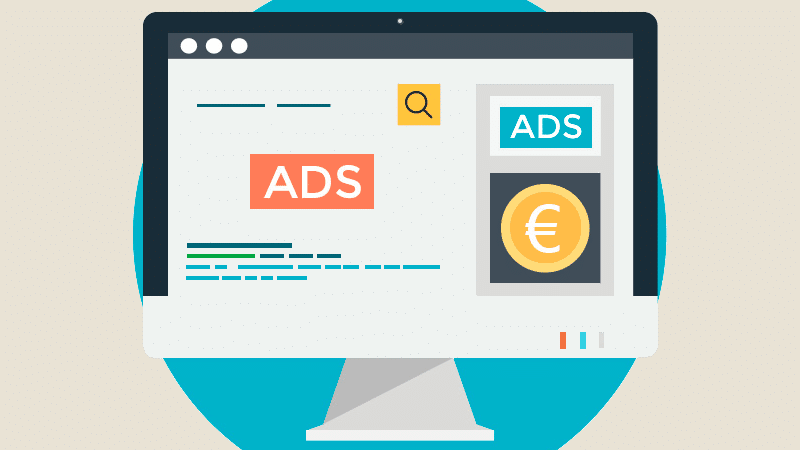How Website Design Shapes Business Success

Introduction
In the digital era, your website is more than just an online presence—it’s a cornerstone of your brand identity and a powerful tool to attract, engage, and convert customers. However, not all websites are created equal. The design of your website plays a pivotal role in determining how well it performs in achieving your business goals. This article explores how website design impacts your brand, customer experience, and overall success.
Why Website Design is Essential
- Creates a Strong First Impression
Your website is often the first interaction potential customers have with your business. A visually appealing, well-organized design can captivate users and encourage them to stay longer, while a poorly designed site may drive them away. - Supports Your Brand Identity
Website design is an extension of your brand. Consistency in color schemes, typography, and imagery ensures your website aligns with your overall brand message, helping customers remember and trust your business. - Enhances User Experience (UX)
A website with intuitive navigation, fast loading speeds, and responsive design makes it easy for users to find what they need. Positive user experiences increase the likelihood of conversions and repeat visits. - Boosts Search Engine Rankings
Search engines prioritize user-friendly, mobile-optimized, and fast-loading websites. A well-designed site not only attracts visitors but also ranks higher in search engine results, making it easier for potential customers to find you.
How Website Design Impacts Business Growth
- Drives Traffic and Engagement
A visually appealing website draws visitors in, while engaging design elements like animations, videos, and interactive features encourage them to explore further. The more time users spend on your site, the more likely they are to engage with your content or services. - Increases Conversion Rates
Strategic placement of calls-to-action (CTAs), clear product descriptions, and user-friendly forms all contribute to higher conversion rates. A well-designed website guides users effortlessly from exploration to action. - Improves Customer Retention
When customers have a positive experience on your website, they are more likely to return. Features like personalized content, quick loading times, and easy navigation foster loyalty and repeat business. - Supports Multichannel Marketing
A good website design seamlessly integrates with other marketing channels, such as social media and email campaigns. Embedded links, shareable content, and sign-up forms ensure a cohesive user experience across platforms.
Key Elements of Effective Website Design
- Responsive Design
With mobile devices accounting for a significant share of web traffic, responsive design is non-negotiable. Your site should look and function flawlessly across all screen sizes. - Fast Loading Times
Slow websites frustrate users and lead to high bounce rates. Optimizing images, using lightweight code, and leveraging content delivery networks (CDNs) can ensure your site loads in under three seconds. - Clear Navigation
A well-structured menu and logical layout help users find information quickly, improving their overall experience and reducing the likelihood of them leaving your site. - Visual Appeal and Readability
Use high-quality images, consistent fonts, and sufficient white space to create a clean, professional look. Avoid clutter and ensure text is easy to read on all devices. - Strong Calls-to-Action (CTAs)
Whether it’s “Buy Now,” “Sign Up,” or “Learn More,” effective CTAs are clear, concise, and strategically placed to guide users toward taking action.
How Poor Website Design Hurts Your Business
- Decreases Credibility
An outdated or unprofessional design can make users question your business’s legitimacy. Trust is key in converting visitors into customers, and poor design undermines it. - Increases Bounce Rates
Confusing navigation, slow loading times, or unattractive visuals often cause users to leave your site without exploring further. - Lowers SEO Rankings
Web design issues like unoptimized images, broken links, and lack of mobile responsiveness can negatively impact your search engine rankings, reducing your site’s visibility. - Hurts Brand Perception
Your website is a reflection of your brand. A poorly designed site sends the message that your business is disorganized or untrustworthy.
Best Practices for Website Design
- Invest in Professional Designers
While DIY tools are available, hiring a professional web designer ensures your site is unique, polished, and optimized for performance. - Focus on User-Centric Design
Prioritize your audience’s needs by designing with usability in mind. Use surveys or analytics to understand what works and refine your design accordingly. - Regularly Update Your Website
Stay relevant by refreshing your website’s design, content, and functionality. Regular updates also improve security and performance. - Incorporate Analytics
Use tools like Google Analytics to monitor your website’s performance and identify areas for improvement.
Conclusion
Website design is not just about aesthetics—it’s a critical component of your business strategy. A well-designed website can enhance your brand image, improve customer experience, and drive measurable business growth. Whether you’re starting from scratch or updating an existing site, prioritizing design will set you apart in an increasingly competitive digital landscape.
Take the time to invest in a website that truly represents your business and meets the needs of your audience. The rewards will speak for themselves.




